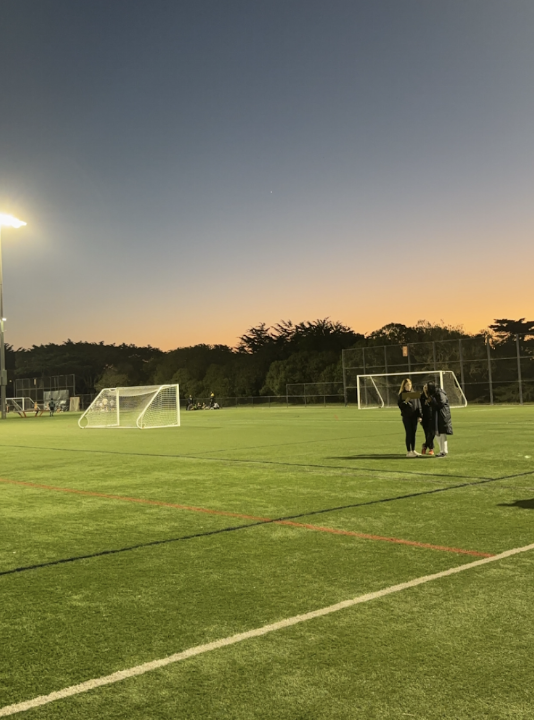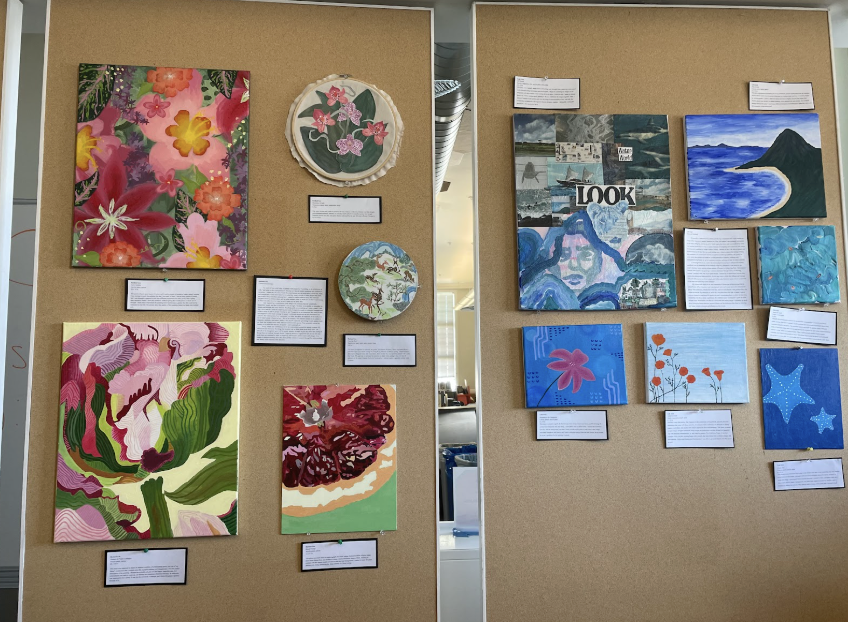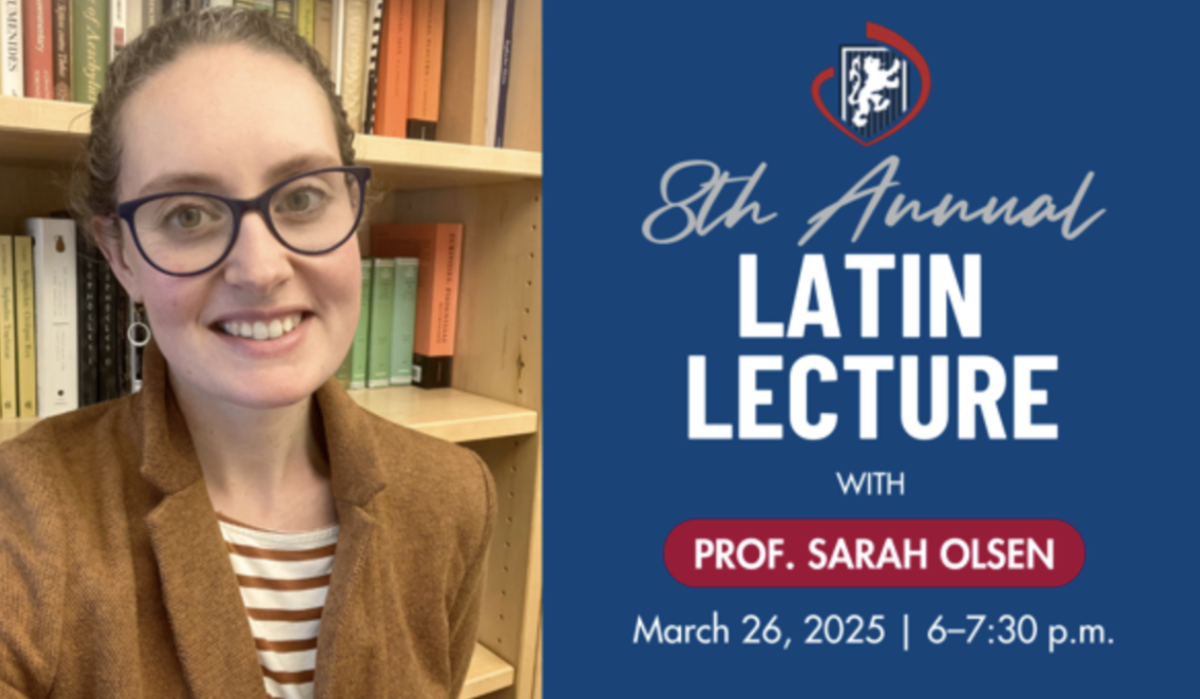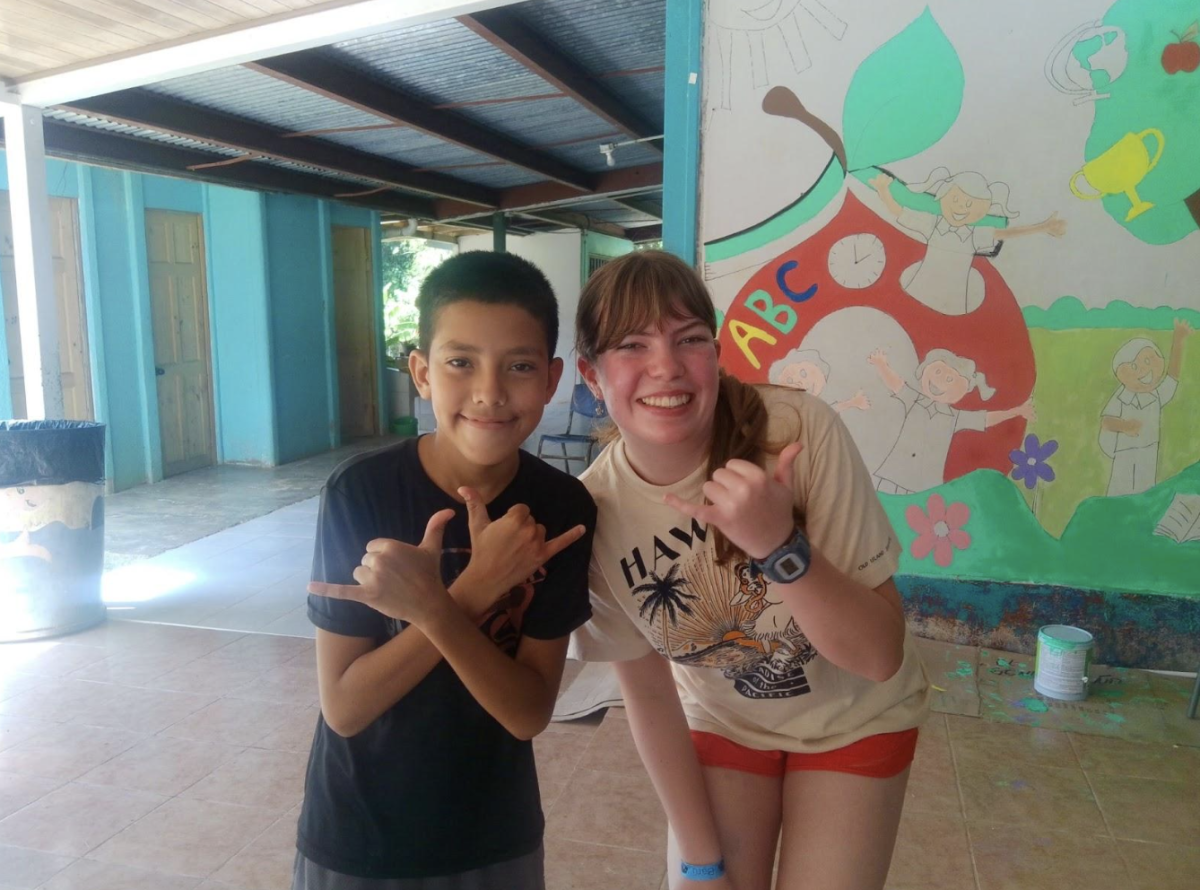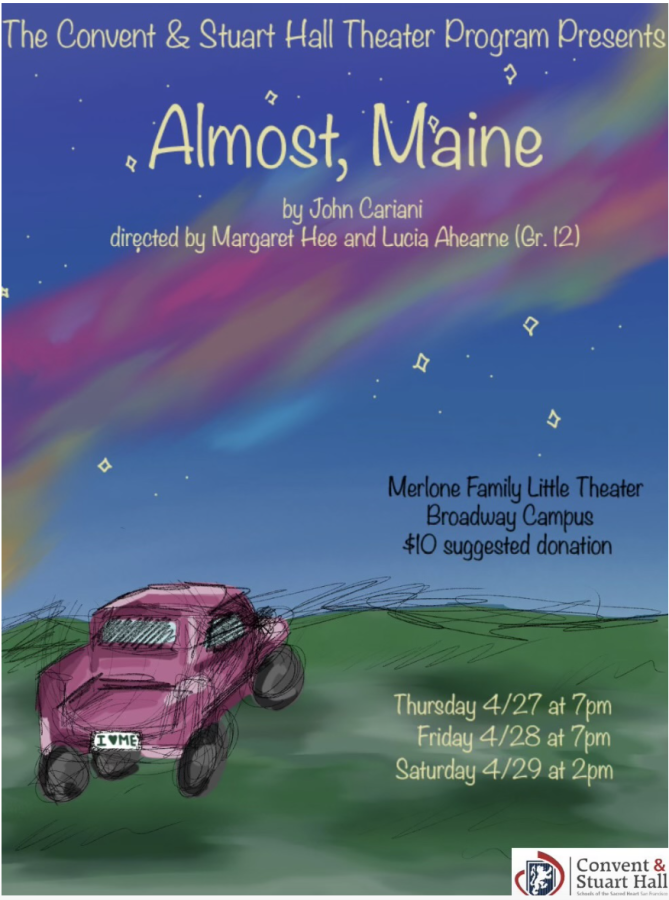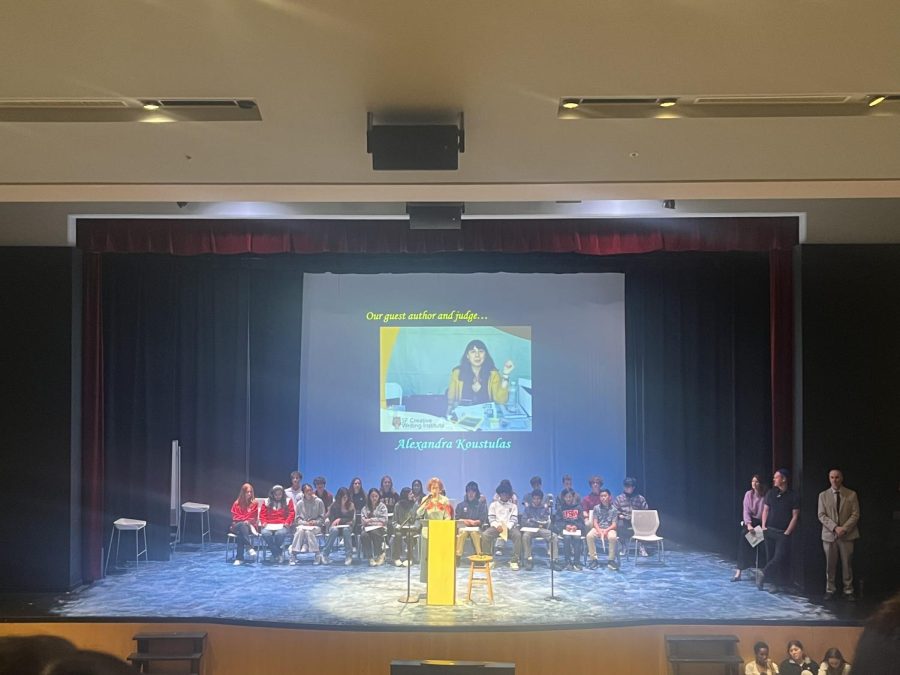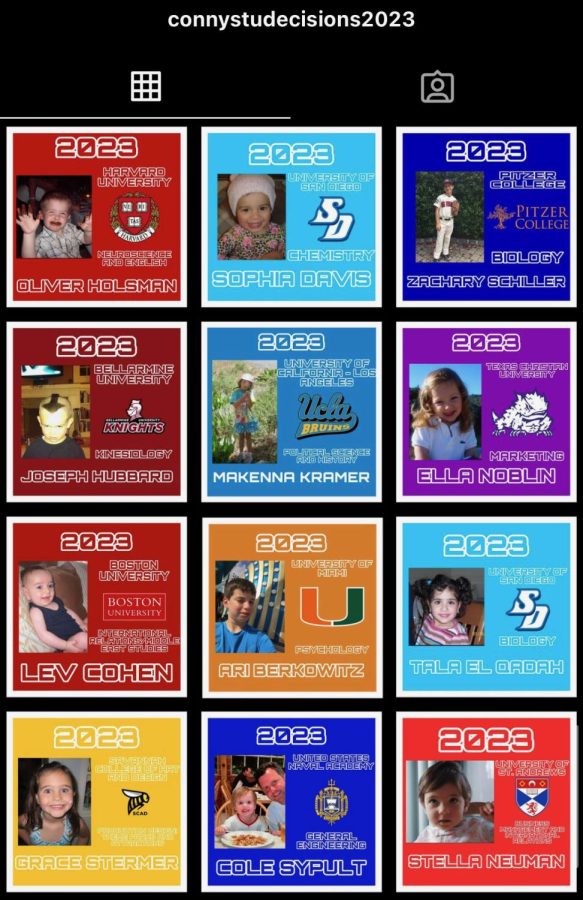
Alice Jones
Managing Editor
Last week’s national Computer Science Week organizers challenged U.S. schools to introduce computer programming by prompting students to each write an hour of code, yet Convent students had already written thousands of hours of code because the school has required two years of programming classes since the 1980s.
From its meager beginnings in the 1970s before a single computer was on campus, an elective class has grown into a core piece of freshman and sophomore curriculum, and has even expanded into an AP level class as well as an iPad programming course.
“After my classes at Convent, going into a college class of 20 where I was one of the only two girls, I felt confident and prepared because it is almost unheard of for high schools to offer computer programming classes,” Lia Alioto Schmidt (’92) said.
Schmidt, a venture funds lawyer who graduated from Stanford University, said the skills she picked up in computer programming prepared her for college courses, and are valuable in her daily life at work today.
“When we draft agreements everything must be clear as it was stated and well organized,” Schmidt said. “Computer programming helped me think logically and organize my thoughts so I can be exact, because there is no room for error.”
As a young mathematics teacher, Doug Grant added computer programming to the curriculum in the mid1970s, seeing its increasing relevancy. Grant said his degree in mathematics from University of San Francisco and interest in code writing gave him the necessary background to teach the class.
“This gave our girls an opportunity to be interested in a subject not commonly taught to girls or in high schools in general,” Grant, who is now the school’s academic programming director, said.
Grant’s first students wrote programs during class, went to USF on Saturdays to use the university’s key punch and computers, then ran their programs and gathered the results the following weekend. Convent got its first computer in 1977, and freshman and sophomore computer programming became a required one-semester class in the early 1980s.
“Every time universities began to teach a new language, we started teaching it to our students,” Grant said. “When I first began teaching, BASIC was still in its development stages and we were teaching Fortran.
“As programs began to evolve, we went through BASIC, Pascal, C++, and then Java and Objective C — all relevant in current programming and kept our students ahead of the game.”
Originally all computer programmers were women because programming was considered menial work, and women were considered more exacting than men, according to Marlaine E. Lockheed, author of “Women, girls, and computers: A first look at the evidence.” Ada Lovelace, the first computer programmer who was also known as the “enchantress of numbers,” wrote the first code for an analytic calculating machine in 1842.
“It’s similar to math for me, it’s like a puzzle,” junior Rachel Booth said. “Java is really simple and is a ‘need to know’ for a career. A background in it will get me ahead in college.”
The number of women receiving bachelors and masters degrees in math and science peaked in the early 2000s and is now declining, according to the Computing Research Association. Yet, 19 junior and senior girls are taking AP Computer Science this year and most say they are considering going into this field.
“Having this exposure is only beneficial,” Schmidt said, “These skills help tremendously even if you’re a creative writer and for organization and critical thinking.”








